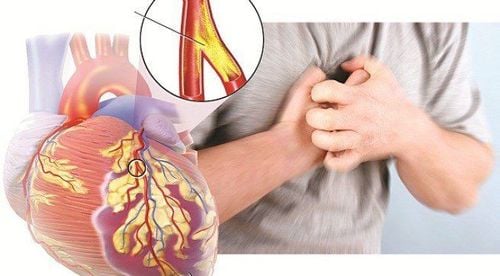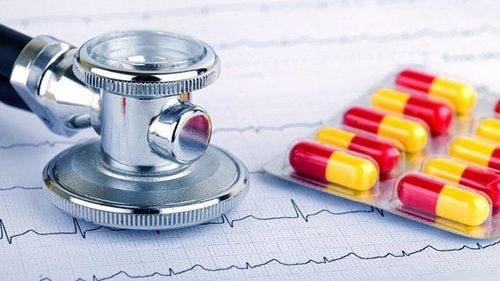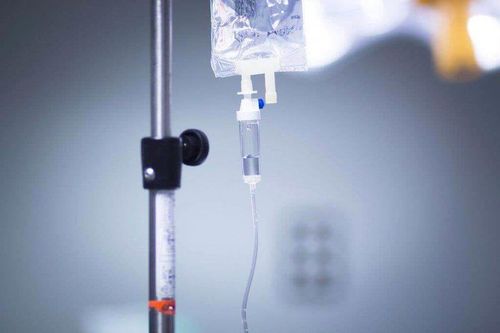This is an automatically translated article.
The article was professionally consulted by Dr. Ngo Dac Thanh Huy - Cardiologist - Department of Medical Examination & Internal Medicine - Vinmec Danang International General Hospital.An important function of the cardiovascular system is to ensure an adequate supply of oxygen to the working cells. The index that shows the working function of the cardiovascular system is cardiac output, which should ensure adequate cardiac output into the pulmonary circulation and the macrocirculation. Cardiac output also changes as the body increases oxygen demand.
1. What is cardiac output?
Cardiac output, or blood flow rate, is the amount of blood pumped by the heart in a unit of time, usually minutes. That is, the volume of blood pumped into the arteries by the heart in 1 minute. Normally, at rest, the cardiac output of a normal person is about 5L/min, the cardiac output of each person can vary depending on age and sex. When exercising, the body's oxygen demand increases, the cardiac output also increases more to meet enough oxygen supply for the body, which can reach about 30L/min.Cardiac output is always guaranteed to help the cells in the body receive the necessary amount of oxygen to maintain activity, which often changes according to the body's needs. In some cases, cardiovascular diseases can lead to an increase in cardiac output that does not meet the needs of necessary activities, leading to some pathological manifestations such as fatigue, shortness of breath ...
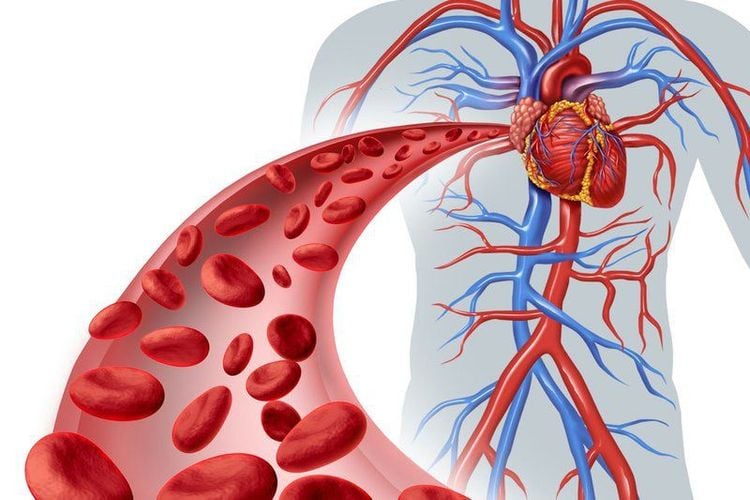
2. Methods of measuring cardiac output
2.1. Monitoring cardiac output through dilution technique
Monitoring via Catheter Swan-Ganz Cardiac output is measured by heat dilution. Inject a constant volume of sterile solution at a controlled temperature, through the use of a specialized catheter, the Swan-Ganz catheter, inserted into the pulmonary artery. However, this method can cause many complications such as pulmonary embolism, infection...Continuous measurement by PiCCO method (Pulse Contour Cardiac Output) This is one of the most common methods in the world today. world, it is possible to monitor the patient's hemodynamics and fluid balance continuously without the use of a catheter inserted into the pulmonary artery. PiCCO requires a central venous catheter and a special femoral artery catheter with a heat-sensing device. Cold saline solution is injected through a central venous catheter. The temperature sensor in the femoral artery records the change in temperature downstream of the blood stream. Analysis of the resulting graph will allow determination of cardiac output and intracardiac blood volume.
2.2. Monitoring cardiac output through waveform analysis of beating arteries
This is a method of determining stroke volume and cardiac output by analyzing the waveform of pulsed arterial pressure through a computer software. This method applies aortic pressure proportional to stroke volume. The effects of vascular tone are also taken into account, as are other factors calculated from heart rate, mean arterial pressure, and vascular dilation.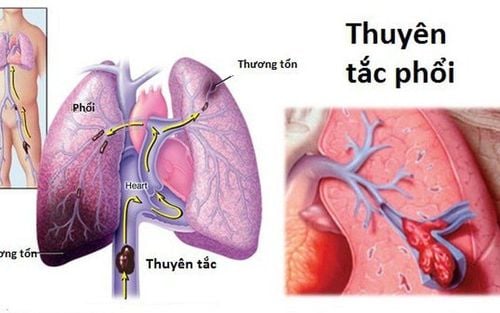
2.3. Fick .'s method
This is a noninvasive method of measuring cardiac output, based on the principle of calculating the ratio between the change of CO2 excreted and the change of CO2 at the end of expiration. By using an airway sensor attached to the patient's endotracheal tube to measure CO2 levels.3. Meaning of cardiac output monitoring
Cardiac output is equal to the volume of a stroke multiplied by the heart rate. Therefore, cardiac output is influenced by many factors such as heart rate, afterload, preload, and myocardial contractility. Changes in cardiac output indicate the pathology of the body.The change in cardiac output demonstrates a change in the above factors, which are directly influenced by the pathology of the body:
Heart rate : Influenced by the regulation of the nervous system autonomic, an abnormality in the automatic conduction system in the heart that affects heart rate. Myocardial contractility: Regulated by calcium concentration in cells, ventricular elasticity, ventricular filling capacity. An abnormal fluctuation in the amount of intracellular calcium also affects the contractility of the heart muscle. Preload: Affected by intravascular volume, venous system elasticity...Reducing preload seen in mitral and tricuspid stenosis; ventricular diastolic dysfunction...Increased wealth occurs when heart rate is decreased, circulating volume is increased... Afterload: Depends on ventricular size, thickness, systemic resistance, and dynamic elasticity motherboard. Thus, the afterload will be changed when the thickness of the ventricles is increased, aortic stenosis, pulmonary valve stenosis ... Especially cardiac output has an important meaning in monitoring hemodynamic disturbances in patients Patients with shock, acute heart failure:
In patients with shock, cardiac output monitoring is very important to assess hemodynamic status and guide treatment. Assess the patient's response to fluids. In patients presenting with hypovolemic shock, which causes hypovolemia, intravenous fluids are required to compensate for the loss of volume, which would otherwise lead to multiple organ failure and death. However, most studies indicate that only 50% of patients in severe condition respond to fluids, and in others, excessive perfusion is harmful to the lungs and other organs. Therefore, it is necessary to monitor cardiac output, to see if cardiac output increases with fluid response. Cardiac output in shock patients may be increased or decreased. Usually decreased in hypovolemic shock, cardiovascular shock, and obstructive shock and increased in anaphylaxis, septic shock.
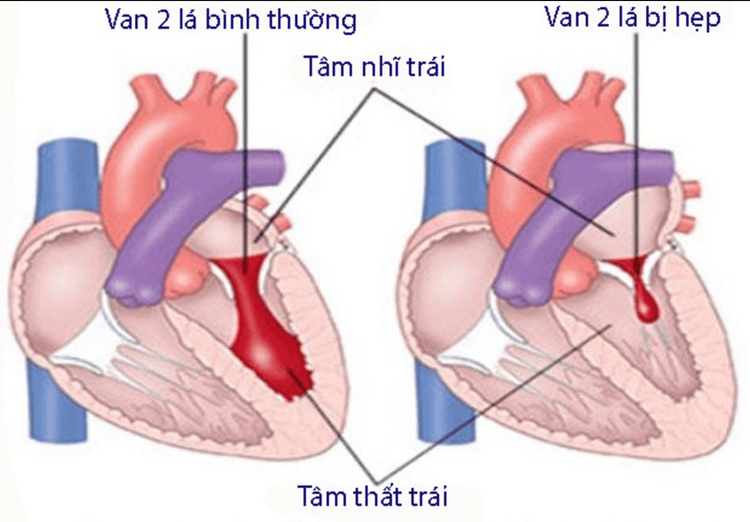
Please dial HOTLINE for more information or register for an appointment HERE. Download MyVinmec app to make appointments faster and to manage your bookings easily.







